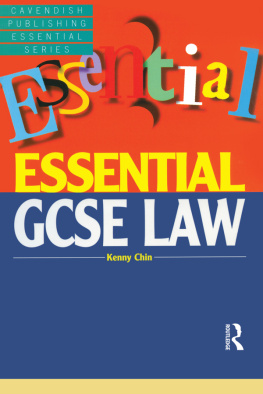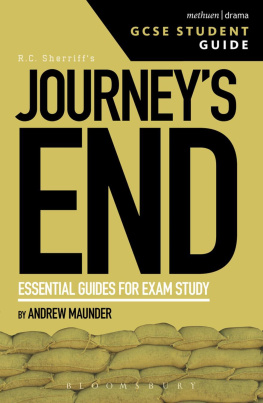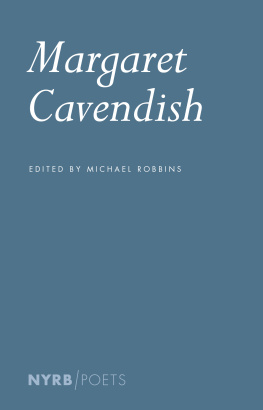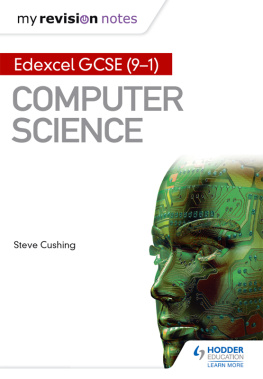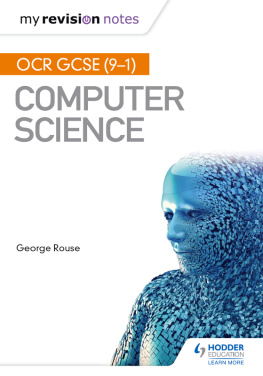ESSENTIAL GCSE LAW
Titles in the series:
Company Law
Constitutional Law
Contract Law
Criminal Law
Employment Law
English Legal System
European Community Law
Evidence
Family Law
GCSE Law
Jurisprudence
Land Law
Medical Law
Succession
Tort
Trusts
ESSENTIAL GCSE LAW
Kenny Chin
Solicitor

First published in 2000 by Cavendish Publishing Limited
This edition published 2013 by Routledge
2 Park Square, Milton Park, Abingdon, Oxon OX14 4RN
711 Third Avenue, New York, NY 10017
Routledge is an imprint of the Taylor & Francis Group, an informa business
Chin, K 2000
All rights reserved. No part of this publication may be reproduced, stored in a retrieval system, or transmitted, in any form or by any means, electronic, mechanical, photocopying, recording, scanning or otherwise, except under the terms of the Copyright Designs and Patents Act 1988 or under the terms of a licence issued by the Copyright Licensing Agency, 90 Tottenham Court Road, London W1P 9HE, UK, without the permission in writing of the publisher.
British Library Cataloguing in Publication Data
Chin, Kenny
GCSE law (Essential law series)
1 Law England 2 Law Wales 3 Law England Examinations Study guides 4 Law Wales Examinations Study guides
I. Title
349.42
ISBN 1 85941 543 1


This book is part of the Cavendish Essential series. The books in the series are designed to provide useful revision aids for the hard-pressed student. They are not, of course, intended to be substitutes for more detailed treatises. Other textbooks in the Cavendish portfolio must supply these gaps.
Each book in the series follows a uniform format of a checklist of the areas covered in each chapter, followed by expanded treatment of Essential issues looking at examination topics in depth.
The team of authors bring a wealth of lecturing and examining experience to the task in hand. Many of us can even recall what it was like to face law examinations!
Professor Nicholas Bourne AM
General Editor, Essential Series
Conservative Member for Mid and West Wales


The purpose of this book is to provide a revision aid for students who study GCSE law. It can also be used as an introductory text at the start of the course, from which students can expand their understanding of various topics by referring to materials provided by their teachers or in more detailed textbooks.
The book is divided into three main parts. The first part covers the nature of law and modern sources of English law. The second part describes various laws in practice, including criminal law, contract, tort, family law, law of succession and freedom under the law. After students have studied what law is, where our law comes from and various specific areas of the law, part three explains criminal and civil procedures and by whom the laws are administered. All three parts combine to cover most GCSE Law syllabuses which, in my opinion, give good coverage of various aspects of law and provide an excellent first step for students who are thinking of building their career, or are simply interested, in law. Attempts are made in this book to present the material in plain English and to explain some complicated legal issues in easy to understand language. It is hoped that this book can help students find more enjoyment in studying the course and to be successful in examinations.
My thanks are due to my father-in-law, Cliff Parkin, and my wife, Carol, for their support and advice.
I have endeavoured to state the law as at July 2000.
Kenny Chin
July 2000

Table of Contents




You should be familiar with the following areas:
what is law and how it is distinguished from moral rules?
why does society need law?
whydoes the law need changing?
what is the classification of law?
what is the difference between civil and criminal cases?

Law is:
(a) rules of conduct;
(b) which the State treats as binding;
(c) backed by sanctions;
(d) obligatory within the community;
(e) controlling the activities of the people towards each other and their relationship with the State.
Moral rules are also rules of conduct guiding the behaviour of people. The main difference between legal and moral rules is that legal rules are enforceable by the State, but moral rules are not. If a person has committed a criminal offence, he can be put into prison or ordered to pay a fine. If he is found liable under a civil law suit, he may be ordered by the court to pay compensation or to stop doing something which he should not do (that is, an injunction order). But if the person has been selfish and inconsiderate without breaking any law, he may be disliked by others, but the State will not place any sanction against him.
Some examples of moral and legal rules
Moral rules | Where moral and legal rules meet | Pure legal rules |
Be honest | Stealing | Some traffic regulations |
Do not be selfish | Assault and battery | Many company laws |
Act on ones promise | Breach of contract | Rules regarding the validity of a will |
Murder |
In many cases, moral and legal rules overlap. Murder and stealing are not only morally wrong, but are also criminal offences. When a person has entered into a contract with another, he is morally as well as legally obliged to fulfil the agreement.
Human beings are social animals and we live in communities. No person is perfect and we can do wrong. Some wrong doings are so serious that laws are introduced to prevent them. Law also combats problems and cures injustice. Some laws are pure legal rules which provide a system or code of practice for the members of society. The law requires motorists in the UK to drive on the left side of the road while other countries may do otherwise. Law directly, or indirectly, should also help to improve the quality of life of the people. As a result, people live and work together in an orderly and peaceful manner and individual rights and freedoms are protected.
Next page
